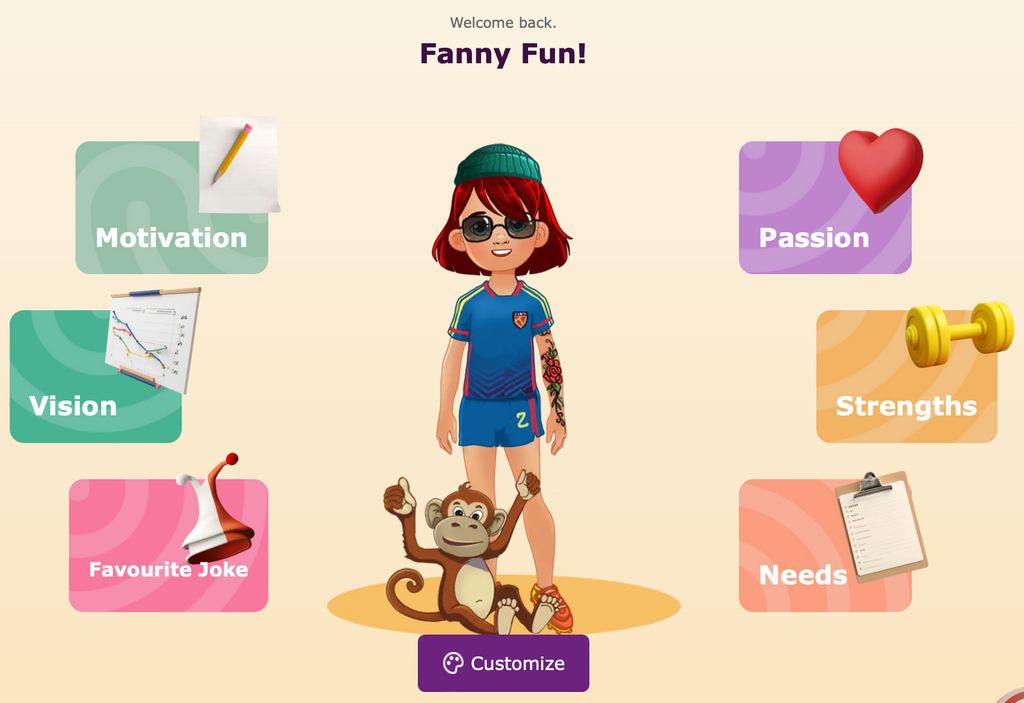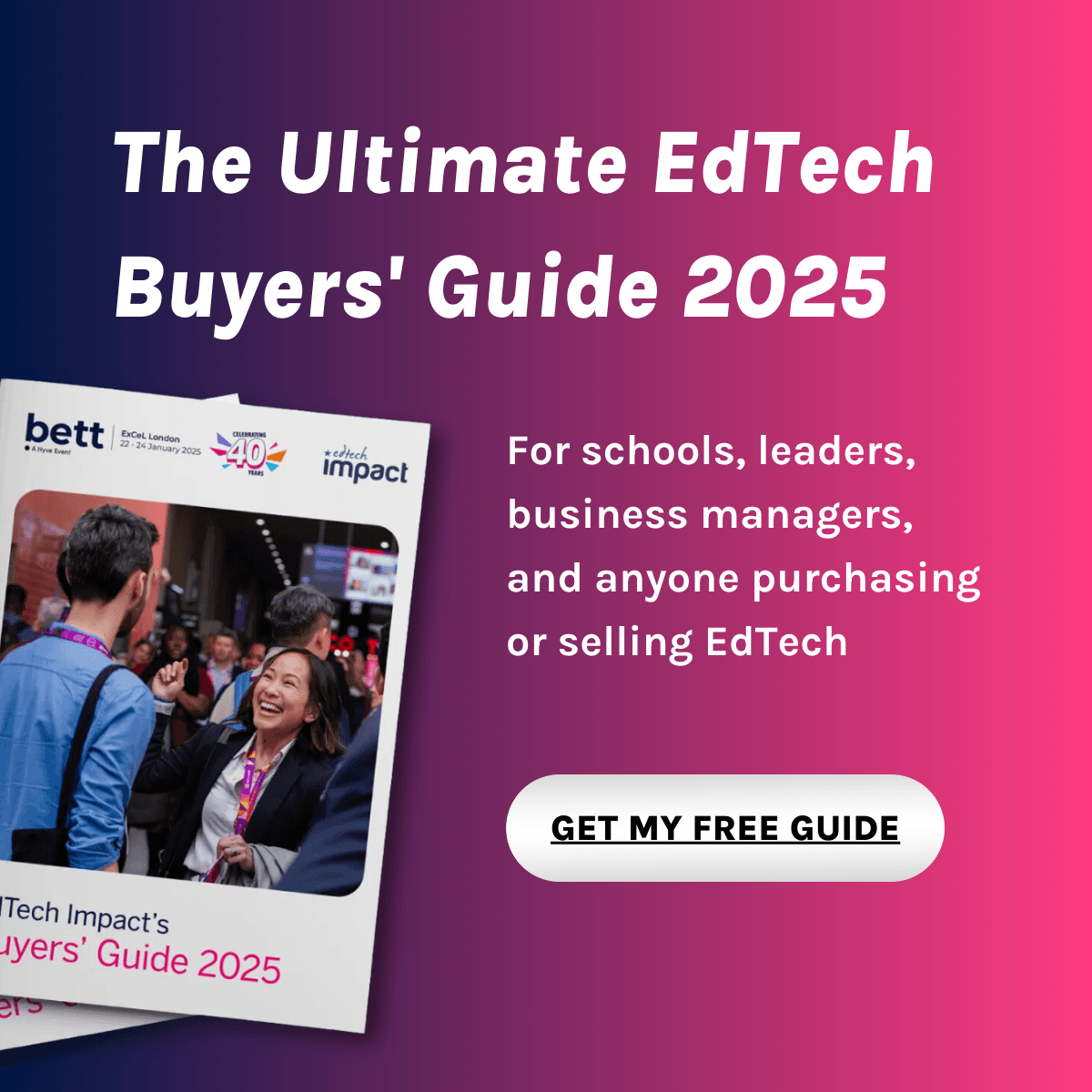What is enduri?
enduri is an interactive learning platform designed to provide personalized learning strategies for students, teachers, and parents. It focuses on helping learners understand their unique learning needs through a personalized Learner ID, which identifies strengths, visions, learning motivation, and specific requirements for optimal learning. Enduri recognizes that in today's digital age, the focus has shifted from memorizing facts to applying knowledge, and it addresses the challenges faced by students, including those with dyslexia and mental health issues, by providing tailored support.
The platform is built on a 'Three-Pillar Principle' that emphasizes personal learning needs, learning knowledge and strategies, and dialogue and cooperation. Key features include the Learner ID that helps identify what students need to learn optimally, goal setting tools that make weekly and daily goals visible and transparent, and a variety of learning strategies for planning, understanding, memorizing, and testing knowledge. Each strategy is explained through short video clips, catering to different learning preferences including visual, auditory, and kinesthetic learners.
enduri is implemented in schools as a comprehensive support system that bridges the gap between students' learning needs and teachers' ability to address them effectively. It serves as a foundation for meaningful conversations between teachers, students, and parents by providing insights into each learner's motivation, goals, needs, visions, and strengths. The platform helps educators understand their students better, making learning more efficient and enjoyable. By equipping students with the right tools and strategies, enduri helps make learning not only more efficient but also a more positive experience, supporting both personal and academic development.
Compare enduri with...
enduri Reviews
No reviews.
This product has not received any reviews yet.
Pedagogy
Certified by Education Alliance Finland,
EAF Evaluation is an academically-backed approach to evaluating the pedagogical design of a product. EAF evaluators assess the product using criteria that covers the most essential pedagogical aspects in the learning experience.
Learning goals
Certified by Education Alliance Finland
The supported learning goals are identified by mapping the product against the selected reference curriculum and soft skills definitions most relevant for the 21st century.
- Practicing persistent working
- Practicing to set one's own learning goals
- Developing problem solving skills
- Practicing to take responsibility of one's own learning
- Encouraging the growth of positive self-image
- Enabling the growth of positive self-image
- Practicing versatile ways of working
- Practicing to find ways of working that are best for oneself
- Practicing decision making
- Practicing strategic thinking
- Encouraging to build new information and visions
- Practicing to evaluate one's own learning
- Practicing time management
- Learning to face failures and disappointments
- Familiarizing with the influences of media and understanding its affordances
- Learning to view and consider media and advertising critically
- Practicing to find, evaluate and share information
- Practicing to use information independently and interactively
- Learning to understand and interpret diverse types of texts
- Learning to acquire, modify and produce information in different forms
- Using technology as a part of explorative and creative process
- Learning to understand and interpret diverse types of texts, from vernacular to academic
- Practicing logical reasoning to understand and interpret information in different forms
- Connecting subjects learned at school to skills needed at working life
- Learning to plan and organize work processes
- Learning consumer knowledge and smart economics
- Learning to use foreign language in work context
- Encouraging positive attitude towards working life
- Enabling the growth of positive self-image
- Practicing to give, get and reflect feedback
- Practicing to express own thoughts and feelings
- Learning to understand the meaning of rules, contracts and trust
- Practicing to use foreign language as a communication tool
- Practicing communication through different channels
- Learning decision-making, influencing and accountability
- Practicing to argument clearly own opinions and reasonings
- Encouraging to build new information and visions
- Supporting student to build their own linguistic and cultural identity
- Learning about different languages
- Practicing to notice links between subjects learned
- Learning to combine information to find new innovations
- Encouraging to build new information and visions
- Learning to build information on top of previously learned
- Practicing to notice causal connections
- Practicing to take care of own and other people’s safety
- Practicing to take care of one's own and other people’s safety
- Encouraging the growth of positive self-image
- Practicing to recognize and express feelings
- Practicing to look things from different perspectives
- Practicing to notice causal connections
- Practicing to use imagination and to be innovative
- Encouraging students to be innovative and express new ideas
- Practicing creative thinking
- Creating requirements for creative thinking
- Practicing to evaluate one's own learning
- Practicing to set one's own learning goals
- Practicing to take responsibility of one's own learning
- Practicing to find ways of working that are best for oneself
- Practicing persistent working
- Learning to notice causal connections
- Practising visual recognition
- Practicing to observe spoken and written language
- Practicing categorization and classification
- Practicing memorizing skills
- Practicing letters, alphabets and written language
- Using technology as a part of explorative process
- Using technology for interaction and collaboration
- Practicing logical reasoning, algorithms and programming through making
- Understanding and practicing safe and responsible uses of technology
- Using technological resources for finding and applying information
- Using technology as a part of explorative and creative process
- Understanding technological system operations through making
- Building common knowledge of technological solutions and their meaning in everyday life
- Learning to plan and design own written content and textual representations
- Practicing keyboard skills and touch typing




